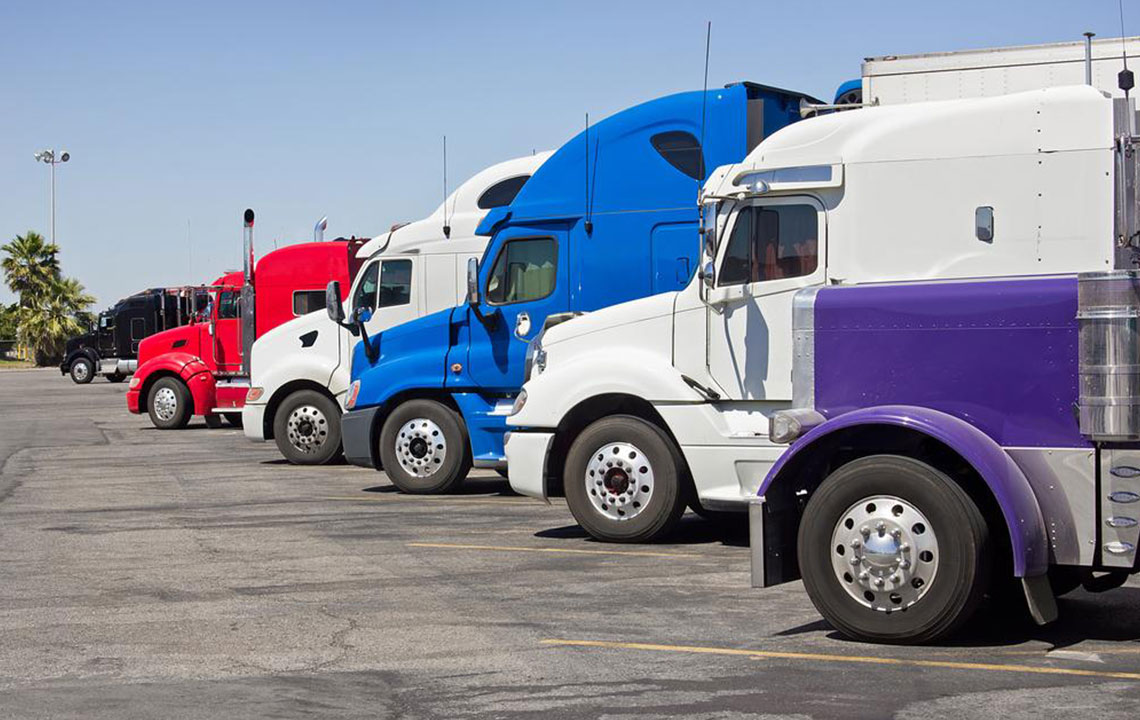Comprehensive Guide to Renting a Moving Truck for a Smooth Relocation
This comprehensive guide offers essential tips for renting a moving truck, covering vehicle selection, driving safety, route planning, loading techniques, and key moving strategies. It helps individuals and families execute seamless relocations while maintaining control over costs and safety, ensuring a stress-free moving experience.

Comprehensive Guide to Renting a Moving Truck for a Smooth Relocation
Moving to a new home involves numerous preparations, and one of the most critical aspects is choosing the right transportation method to safely and efficiently transfer your belongings. Renting a moving truck is one of the most practical and cost-effective options available for individuals and families planning a DIY move. It provides flexibility, control, and convenience, allowing you to handle your move on your schedule without relying on full-service movers. This extensive guide will walk you through everything you need to know about renting a moving truck, from selecting the appropriate vehicle to executing a successful move, ensuring that your experience is stress-free and efficient.
Choosing the Ideal Moving Truck: Factors to Consider
The first step in your moving process is selecting the proper truck size that matches your specific needs. The size and capacity of the truck should align with the volume of your household belongings. An ill-fitting vehicle can lead to multiple trips, increased costs, and potential safety hazards. Here are detailed insights into different truck options:
Large moving trucks: These trucks are suitable for extensive moves involving large homes or many large furniture pieces. They typically have a capacity of 5,000 to 10,000 pounds and measure approximately 20 to 26 feet in length. They are equipped to handle multiple rooms' worth of furniture and boxes, reducing the need for multiple trips.
Medium-sized trucks: These are ideal for a 2-3 bedroom home or apartment, measuring around 14 to 17 feet long. They support a load capacity of about 3,000 to 6,000 pounds, making them perfect for most small to medium-sized moves without being overly cumbersome to drive.
Small trucks: Designed for studio apartments or single-bedroom units, these trucks are generally about 10 to 12 feet long and support up to approximately 3,500 pounds. They are suitable for smaller moves or when moving just a few essential items.
Cargo vans: These vehicles are most appropriate for minimal moves, such as for students or singles with only a few personal belongings. Cargo vans are compact, easy to maneuver, and are ideal when space is limited.
Assess your household's total weight and volume carefully before selecting a truck. Make a detailed inventory of your belongings, and consider whether you need to disassemble furniture or pack larger items to maximize space. Often, rental companies provide size guides or staff assistance to help you determine the best vehicle based on your inventory.
Driving Your Rental Moving Truck: Tips and Considerations
One of the most significant concerns for many people renting moving trucks is driving a large vehicle, especially if they’re inexperienced. You have two primary options: drive the truck yourself or hire a professional driver. Your choice largely depends on your comfort level, driving experience, and budget.
If you decide to drive the truck yourself, ensure you have a valid driver’s license that permits operating vehicles of this size — usually an unrestricted license for vehicles over 26,000 pounds gross vehicle weight is required in some regions. Before hitting the road, familiarize yourself with the vehicle's controls, mirrors, and safety features. Take time to inspect the truck thoroughly—check tire conditions, fluid levels, brakes, lights, and ensure the vehicle is in good working order.
Driving a moving truck involves unique challenges, such as larger blind spots and the need for wider turns. Be patient, especially at intersections or when merging. Maintain a moderate speed, obey traffic laws, and avoid sudden maneuvers that could compromise stability. Consider hiring a co-driver or asking a family member or friend with experienced driving skills to assist. This can reduce stress and improve safety.
If driving yourself isn't an option or feels overwhelming, hiring a professional driver or using moving companies' full-service options may be more suitable. Professional drivers are experienced in handling heavy vehicles and can ensure safe and timely delivery of your possessions. However, this service generally costs more, so budget accordingly.
Planning Your Moving Day: Organizing for Success
Effective planning is vital to a successful move. Choose your moving date carefully, ideally when your new home is ready to receive your belongings. Allow plenty of time for packing, loading, transit, and unpacking. To minimize stress, start packing well in advance, organizing items by room and labeling boxes clearly.
Calculate the total distance you’ll travel and map out your route beforehand. Use navigation tools like Google Maps or Waze to identify the best paths, plan for rest stops, and allocate extra time for unexpected delays. Incorporate a buffer of about 5-10% into your schedule for traffic, breaks, and assistance if needed.
Budget for fuel costs, meals, and potential overnight accommodations if your move involves significant distance. Prepare your documents—driver’s license, rental agreement, insurance papers—and keep them accessible. Also, consider arranging parking for the rental truck at both locations to avoid fines or towing issues.
Loading Your Moving Truck: Maximize Space and Safety
Once everything is packed, loading the truck properly is crucial for safety and efficiency. Begin by reserving your rental truck early to ensure availability on your moving date. When loading, use protective padding like blankets or bubble wrap to prevent damage to fragile items. Disassemble large furniture pieces, such as beds or tables, to optimize space and make stacking easier.
Place heavier items and appliances at the bottom and toward the back of the truck (near the vehicle's cab), ensuring proper weight distribution. This arrangement improves stability and reduces the risk of shifting during transit. Secure all items with straps or ropes, and make sure fragile boxes are carefully cushioned and labeled as fragile.
Remaining space can then be filled with lighter boxes and belongings. Use vertical space efficiently, stacking vertically where safe, and avoid overloading to prevent accidents or damage.
Additional Tips for a Successful Move
Carry all essential documents, including your driver’s license, rental agreement, insurance papers, and a move-out/move-in checklist.
Inspect the truck thoroughly before departure: check tire pressure, lights, mirrors, and ensure all safety features are working correctly.
Drive cautiously, especially during the first few miles, and adhere to your planned route.
Keep a small toolkit, emergency supplies, and basic tools on hand during your drive.
Upon completing your move, clean the truck within the allowed timeframe and return it to the rental company to avoid extra charges.
Renting a moving truck can significantly simplify your relocation process when done correctly. By carefully selecting the appropriate vehicle, planning your route and schedule, and loading the truck properly, you can ensure a safer, more efficient move. Whether managing the drive yourself or hiring a professional, preparation and organization are your best tools for a smooth transition to your new home. Approaching your move methodically can transform what often feels like a stressful ordeal into a manageable and even rewarding experience.





